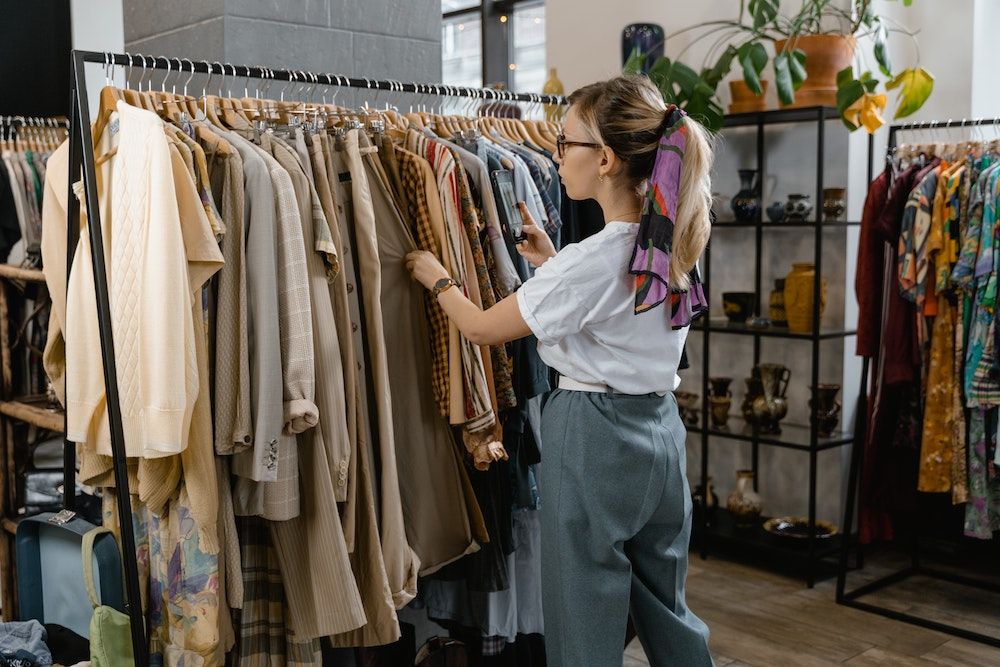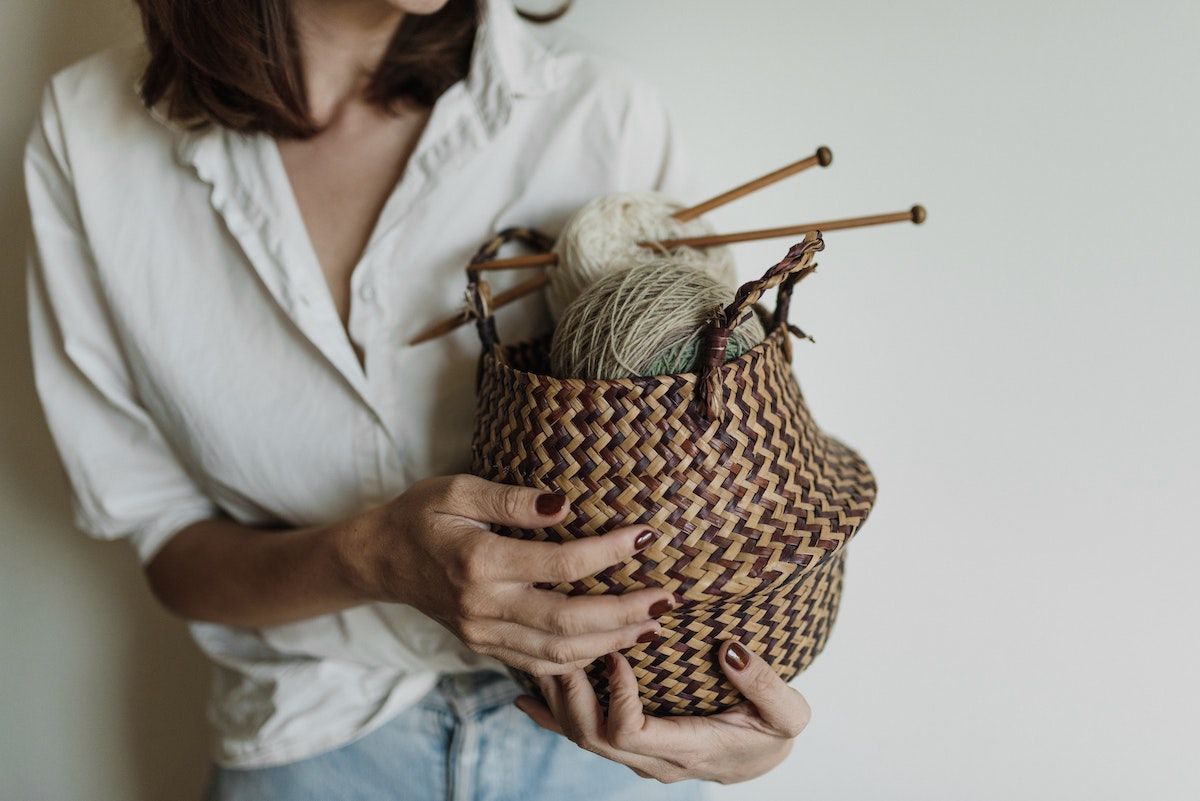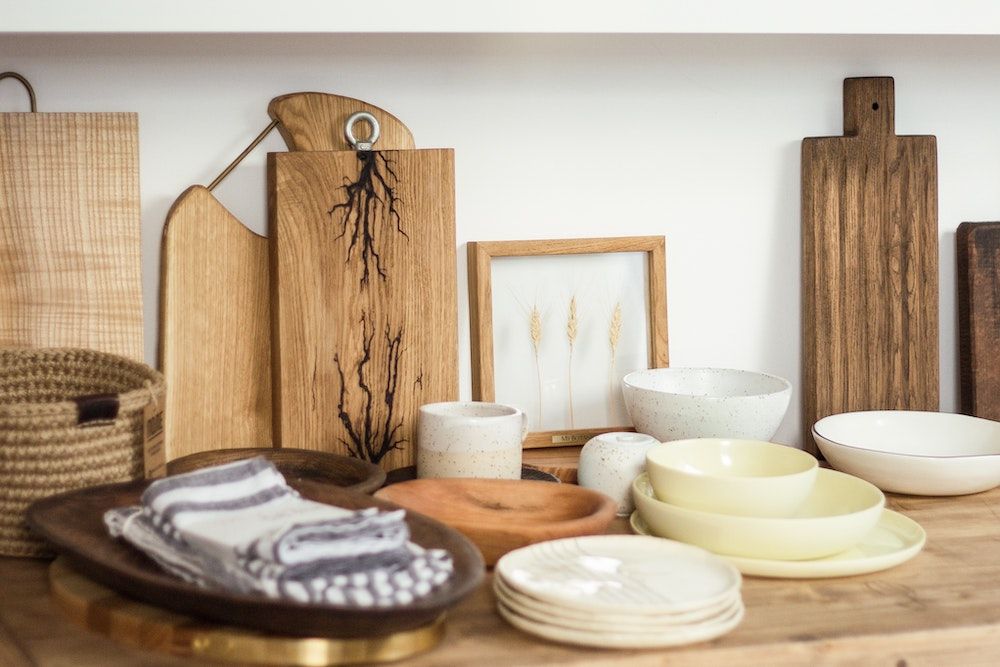
From tips for spotting the signs of good quality clothes to unique uses for everyday items, we’ve put together everything you need to know for shopping success
In numbers shared by the Charity Retail Association, income from charity shops rose by more than 15% in the first quarter of 2023, as compared with the same period last year. Charity shops are seeing a bit of a boom, and it makes complete sense.
The cost of living crisis is having a tangible impact on our expendable income. Let’s face it, when energy bills are through the roof, splashing out on non-essentials feels, well, non-essential. What’s more, a lot of us are having a hard think about how we can make our shopping more sustainable. And the obvious answer to both those scenarios is: charity shops.
But, so much more than just a last resort, charity shops can be a gold mine for unique, high-quality items. Here, we’ve put together everything you need to know in order to get the most out of your thrifting trip.
Forget about brands
When it comes to picking up high-quality clothing, a good skill is the ability to look past brand labels and assess the quality of fabric and construction for yourself. This is particularly helpful when charity shopping, when you’ll likely pick up clothing from brands you haven’t heard of before. So, how can you tell what’s worth its weight, and what’s not going to hold up? Here are some key quality markers to consider:
-
Take a look at the seams (where two pieces of fabric are joined together). Give them a light tug, the kind of pressure they may come under from normal movement. Do the stitches strain, and the fabric pieces part or warp? Or do the seams hold firm? Ideally, the piece will fall into the latter category. Next, take a closer look at the stitching itself. Manufacturers who care about quality will take the time to make sure construction is neat. Are the stitches straight and even? Or are they wonky, with loose threads?
-
Consider the fabric quality. You’ll usually find this sewn onto an inside seam, it’s the label with the washing symbols on, and it will also tell you what fabric the item is made from. Synthetic fabrics, such as polyester, nylon, viscose (sometimes called rayon), and acrylic are usually used for lower-quality clothing, and come with a hefty carbon footprint. When buying second-hand, this is less of a problem, as you’re reusing the fabric in a sustainable way – however, synthetic fabrics are cheap to produce, and so tend to be used for lower-quality garments. If it’s durability you’re after, keep an eye out for linen, silk, cotton, and 100% wool.
-
Test the sheerness. Excluding any particularly slinky numbers, clothing that is unintentionally sheer is usually a sign of poor quality. Just place your hand inside the garment – can you see it? Different fabrics have different characteristics but, generally speaking, the higher the thread count (and, therefore, the less sheer), the higher the quality.

A guide to gifting
Whether it be for Christmas, birthdays, or ‘just because’ – it’s time to get over snobbery around gifting presents sourced from charity shops. Items that make particularly good gifts are hardback books, glassware sets, decorative ornaments, and jewellery. Plus, in the run-up to Christmas, a lot of charity shops will start putting donated gifting sets on the shelves (think toiletry sets, unworn cosy socks, and candles), specifically to be regifted.
If you’re struggling with ideas, you could also try putting together a themed hamper. Does your giftee have a hobby or interest they love? For example, if they’re a reader, you could pick up a couple of books, a scented candle, and a lovely mug – setting them up for a cosy day reading. And while we’re talking about hampers, you’ll often find wicker items in charity shops. These can be very expensive to buy new, but secondhand make affordable vessels for gifts, or great presents in and of themselves.

For future hobbyists
It’s often lamented that hobbying is expensive but, the secret is, it doesn’t have to be that way. Reams of yarn, knitting needles, jam-making kits, baking supplies, sports equipment, shelves of cookbooks, gardening tools, and plenty fit for upcycling – you’ll often stumble on ‘hobby graveyards’ in charity shops. But it’s great news if you’ve ever been curious about trying something different.
If you’re new to a hobby, picking up the things you need from a charity shop is a low-cost first step, which can help you avoid sinking a lot of money into something if you find out that your passion fades over time. And if that happens, you can just re-donate it, like the person who came before you.

Creative uses
When you don’t know what you’re going to find on the shelves, but you’re in need of something specific, you may have to think creatively about what you pick up. For example, say you’re in need of a new toothbrush holder – could a quirky mug or a wide top decorative vase be a good alternative? Tea cups hung on their sides make for sweet birdfeeders. Scarves can go around your neck, in your hair, or through belt loops. Jugs can be utensil holders, tea towels can be sewn into patchwork tablecloths, tablecloths into cupboard curtains, old book spines can be turned into bookmarks, vintage suitcases can be toy boxes, and pretty much anything can be a plant pot.
More examples from my own home include: a vintage decorative plate with a print of Cicely Mary Barker’s flower fairies on, for keeping house keys; a tiny wicker basket shaped like a goose for holding flossing sticks in the bathroom; and a heavy bottomed tagine, used in place of a Dutch oven for baking bread.
So, be flexible and creative with your ‘lookout list’. The result will be ingenious solutions, and wonderful moments of whimsy around your house, making it a unique space full of treasures.

A word to the wise
When faced with all that’s weird and wonderful, beware of falling into the trap of impulse buying when in charity shops. Though easily done, this defeats the purpose of choosing charity shops as a sustainable and money-savvy option.
What’s more, charity shops have a dual function. They, of course, raise money for charities, but they also make the items they sell accessible to those on a very limited budget. So, if you see something wonderful, or being sold at a bargain price (particularly if it’s a necessity, such as children’s clothing, cookware, or bedding) – but it’s not something that you need right now, take a second to appreciate that feeling of having found an absolute steal, and then leave it for the right person to discover.
Charity shopping can be a total joy. So grab your reusable bags, open up your mind, and enter into the trove of treasures that awaits you.

